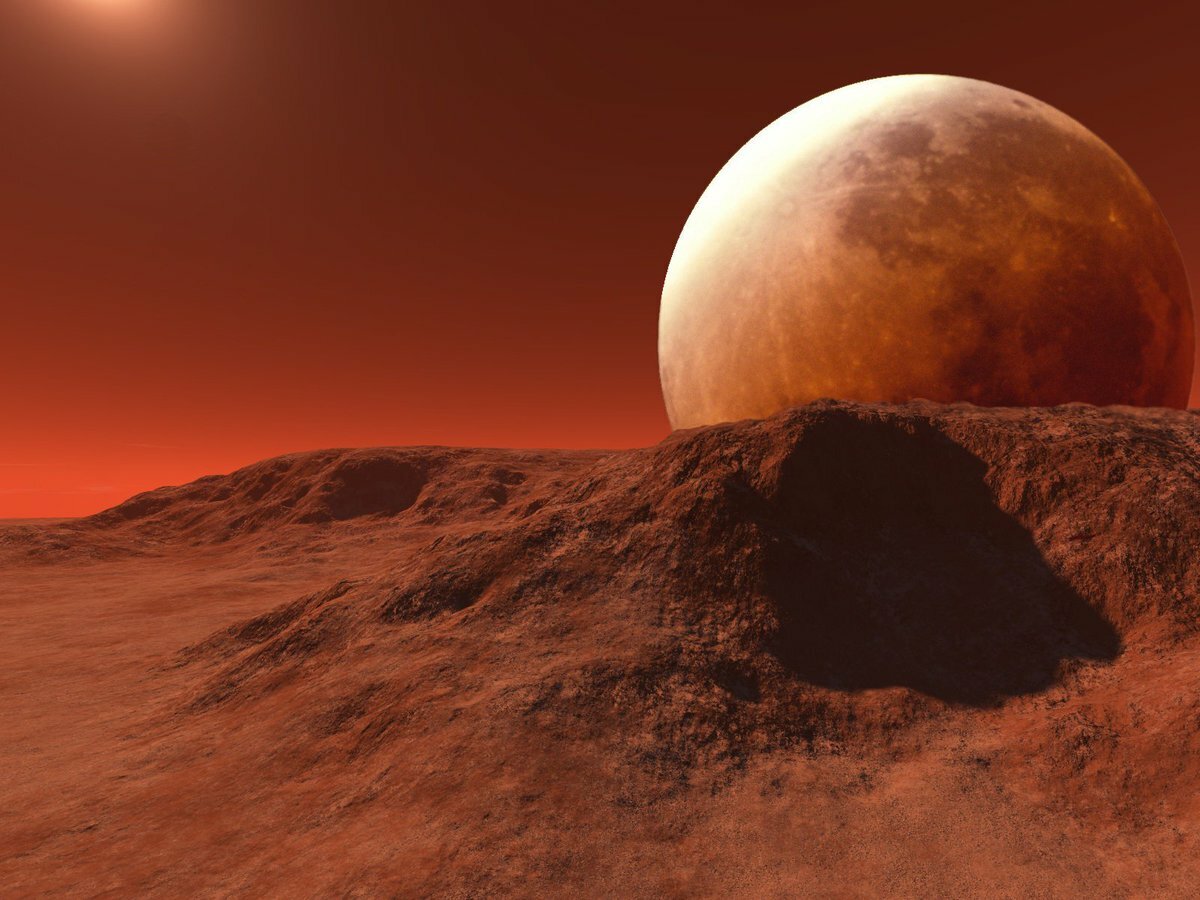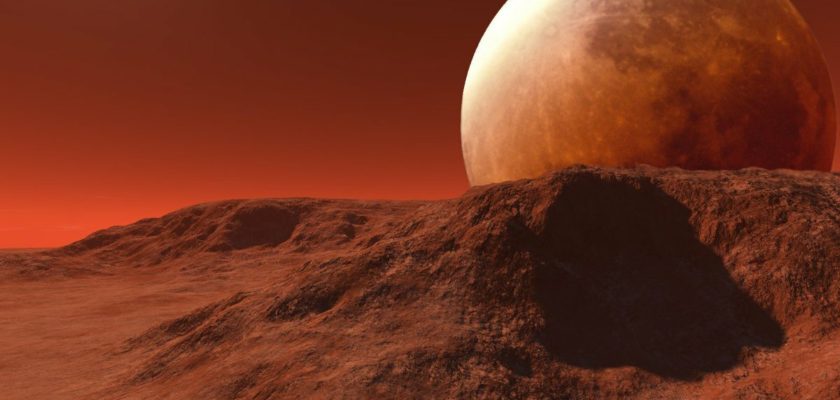Mars is more embedded in human existence than we give it credit for. It’s a fascinating little planet that has captured our attention since Galileo first spotted it on a starry night through his telescope in the 17th century. And now, more than ever, it could be our next home, maybe even in this lifetime! Gear up for 7 other worldly facts about mars that could potentially lead to a mini-existential crisis.
Small Steps
Soil collected from Mars still doesn’t quite give us a concrete conclusion to the question of whether there was, or is, life on the planet. However, it is excellent for growing asparagus and turnips, but not good for strawberries or blueberries, thanks to it being more alkaline than acidic. Guess I’ll have to taper off the blueberry pancake addiction, asparagus pancakes don’t sound as good.
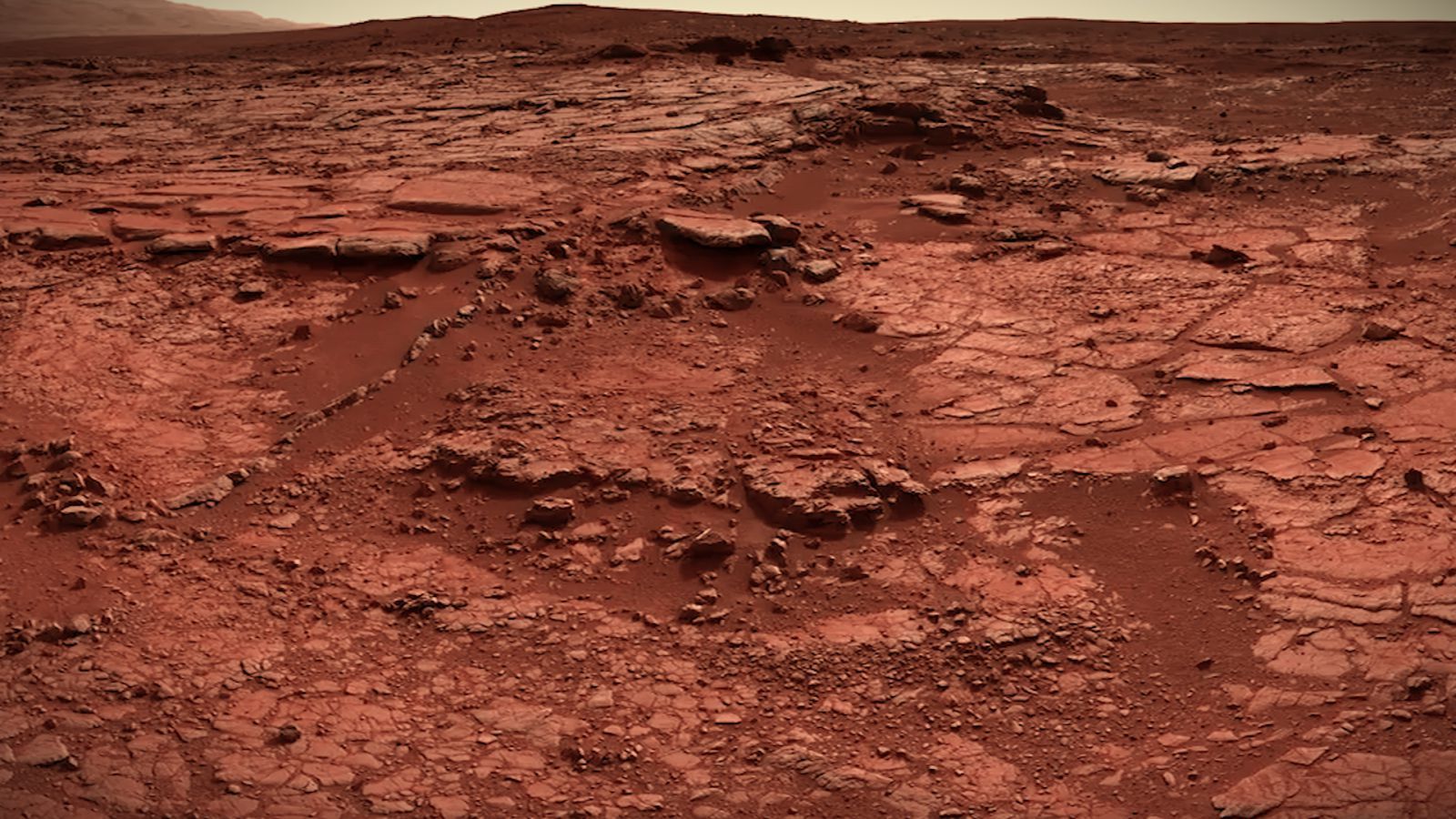
Time Means Nothing
A year on Mars is 1.8 years on Earth—687 days to be exact. However, a Martian day only lasts 40 minutes longer than a 24-hour day here on our home turf.
Super Trippy
The Earth’s sunsets are red, orange and pink because the sunlight passes through so much atmosphere, scattering away the blue light. The opposite is true for Mars because it has less atmosphere, so the sky is red during the day and the sunrises and sunsets are blue at dawn and dusk.

First Signs Of Mars
The first spacecraft that was sent to explore Mars was the Soviet Union’s Mars 1, back in 1962. Only two years later, in 1964, the Americans sent out Mariner 4, which later provided the world with the first pictures of the Red Planet.
Better Start Now
Mars’ atmosphere is made up of 96% carbon dioxide with less than 0.2% oxygen. Currently, scientists are testing microbes so that when humans eventually do show up, the microbes will have already converted and created oxygen on the planet.
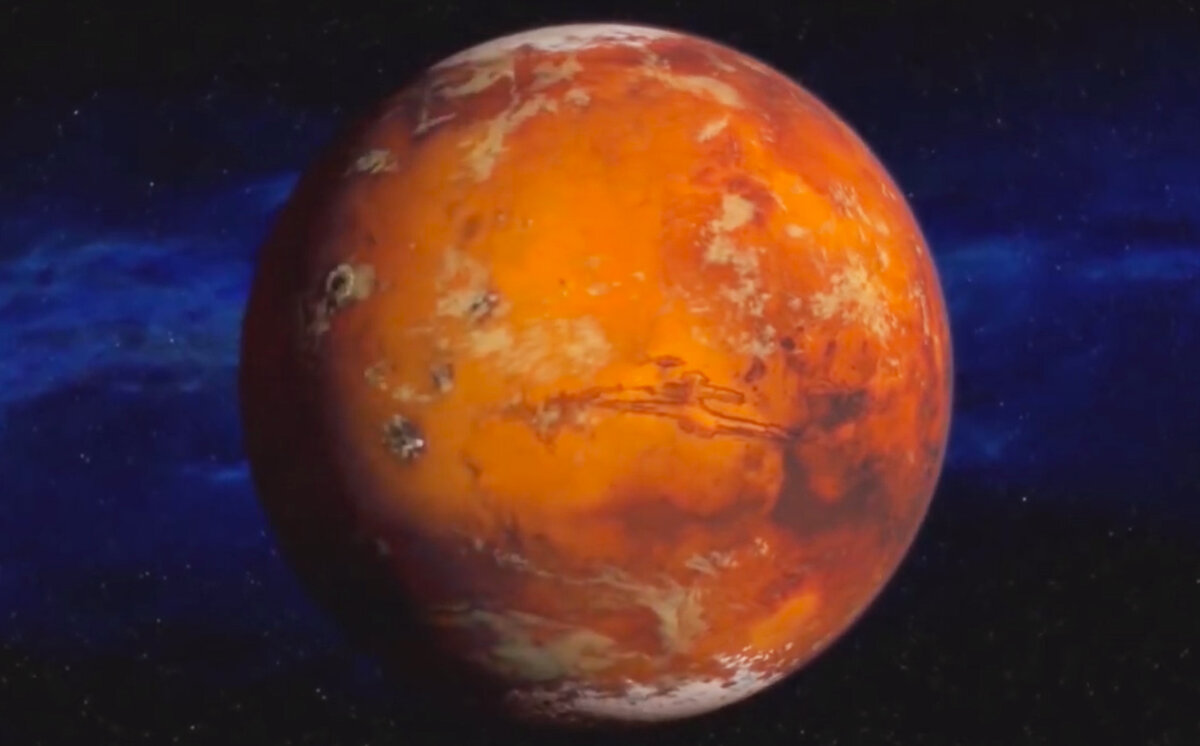
Instant Weight Loss
If humans could set foot on Mars, we would feel much lighter. This planet is smaller than Earth and has way less surface gravity—in fact, 62.5% less gravity. That means, if you weigh 90 kilos (200 lbs), you’d only be a light and bouncy 34 kilos (76 lbs) on Mars! Who needs a diet when we might eventually move to Mars one day?
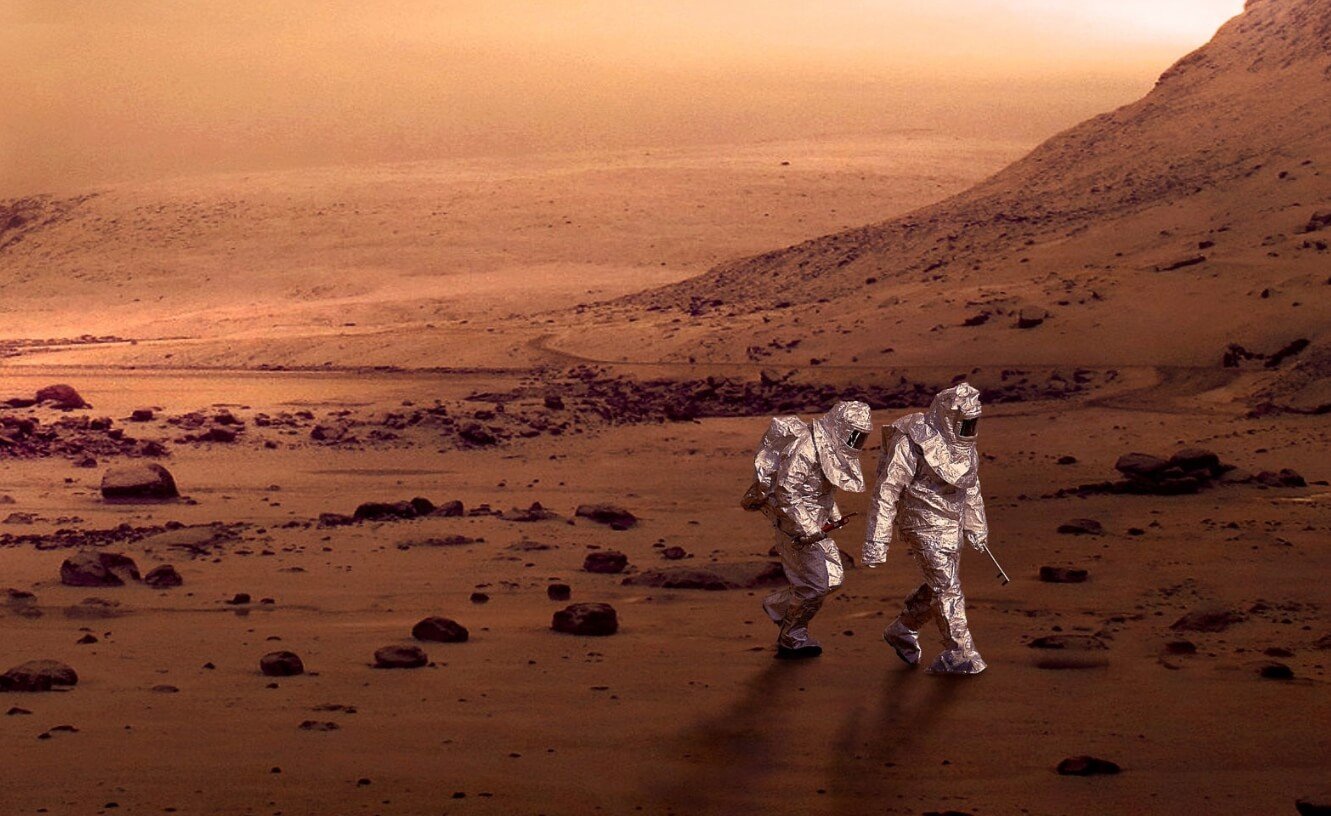
The Struggle Is Real
The astronauts who have applied to colonize Mars will undergo a rigorous training schedule where, according to The Mars One project site, they will learn how to repair their habitat structures, grow food in specialized growing conditions and learn about “both routine and serious medical issues such as dental upkeep, muscle tears, and bone fractures.” This training will last for 8 years in a secluded area somewhere on Earth.
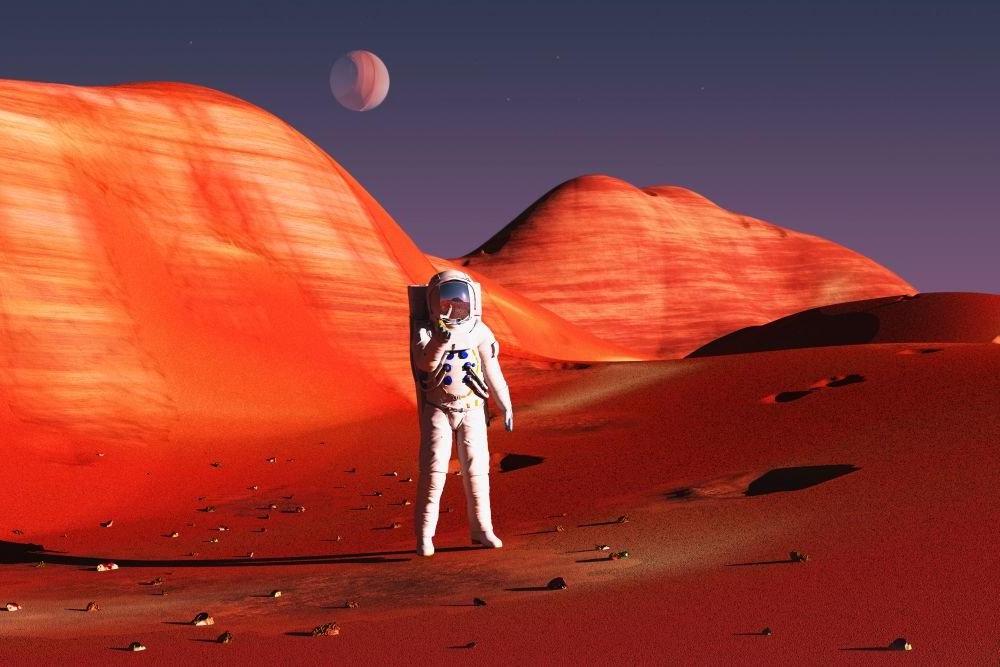
Outer Space Volcano
Yes, there are volcanoes on Mars—and one of them is some serious business. It’s named Olympus Mons and it’s a shield volcano that towers in at three times the height of Mount Everest, with a height of almost 22 km, a diameter of 600 km. It covers nearly the same amount of area as mainland France!
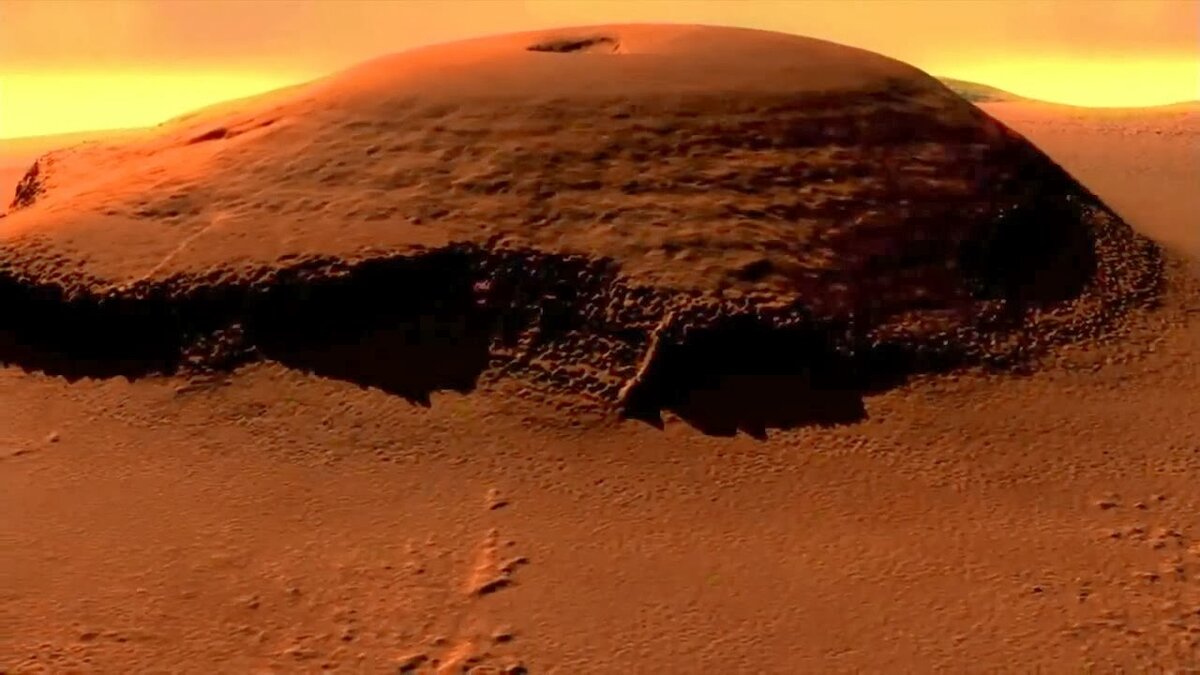
An Extreme Long Distance Relationship
It’s actually rather complicated to figure out how long it would take to get to the Red Planet (planets shift, spacecraft are getting faster, orbital alignment makes things complicated, etc.) The short answer: It would take 942 hours traveling at 58,000 kph (36,000 mph) in a straight line. That’s 39 days, and according to NASA, early return won’t be an option.
